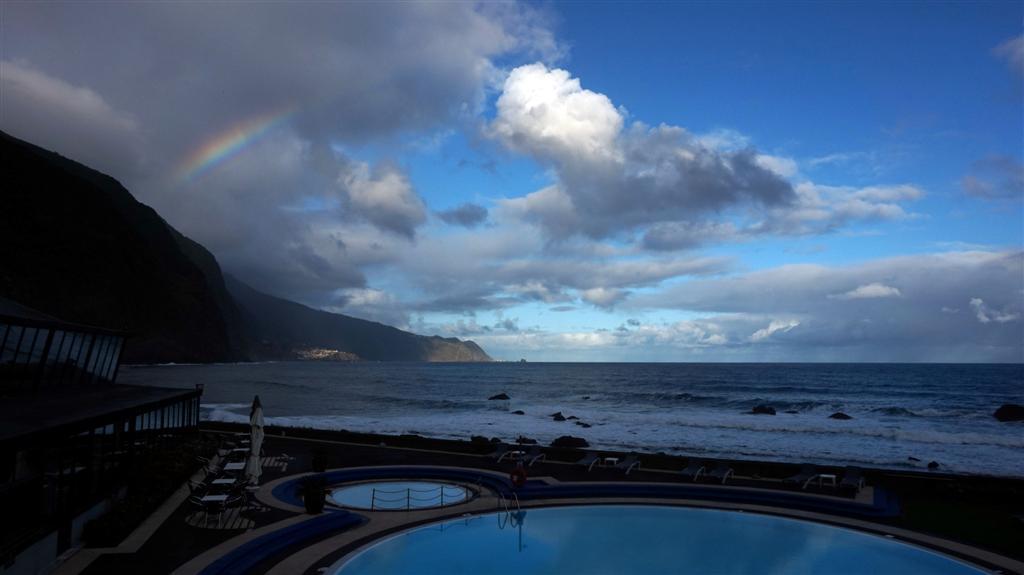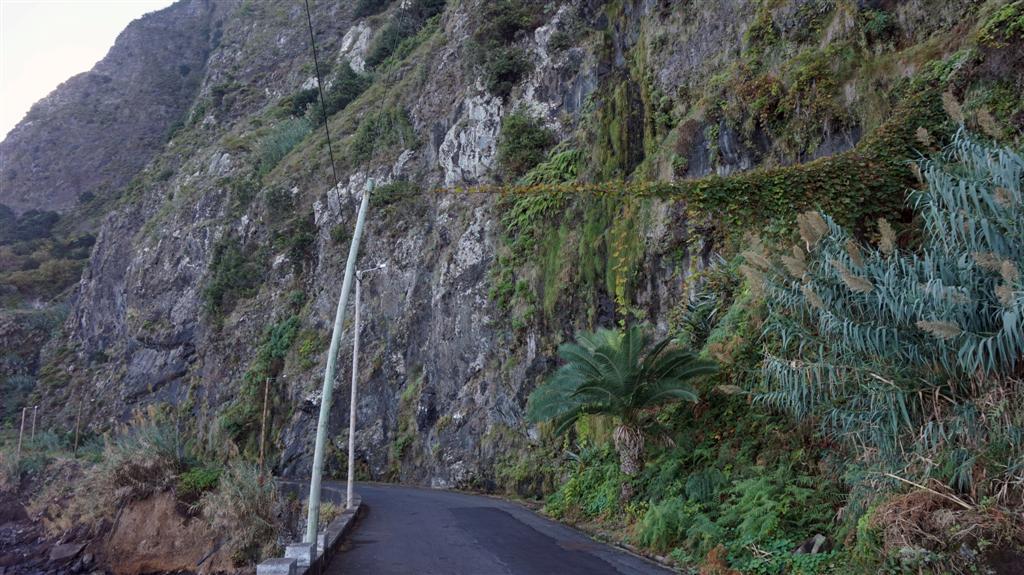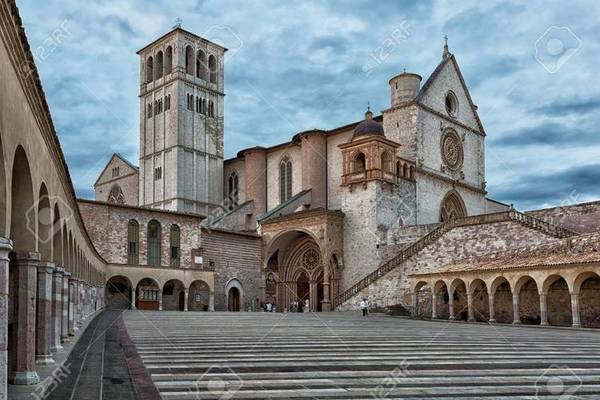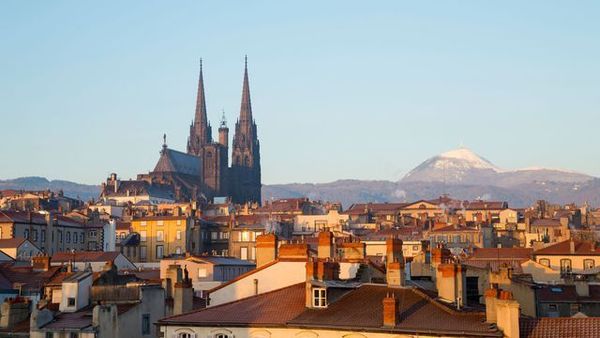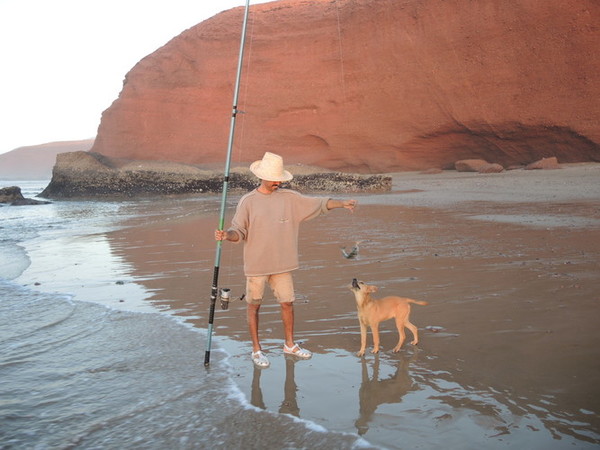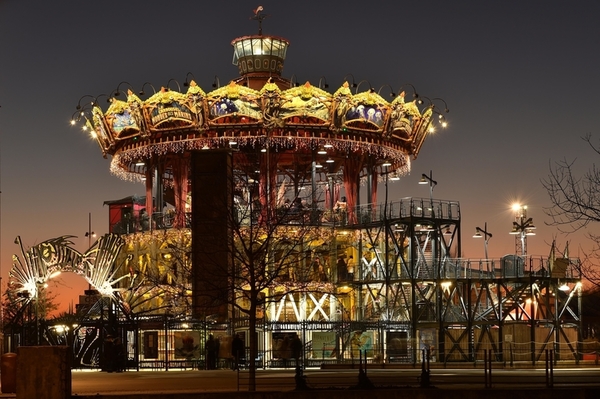An adventure that opens the door to the grandeur of nature, history, and cultural heritage. Madeira, known as the Pearl of the Atlantic, captivates with its landscapes, lush mountains, and charming coastal towns. Every corner breathes tranquility and authenticity, while the breathtaking views invite you to dive into unforgettable experiences. Scenic hikes, gourmet moments in local restaurants, and sunsets over the Atlantic create a unique atmosphere that is impossible to forget.
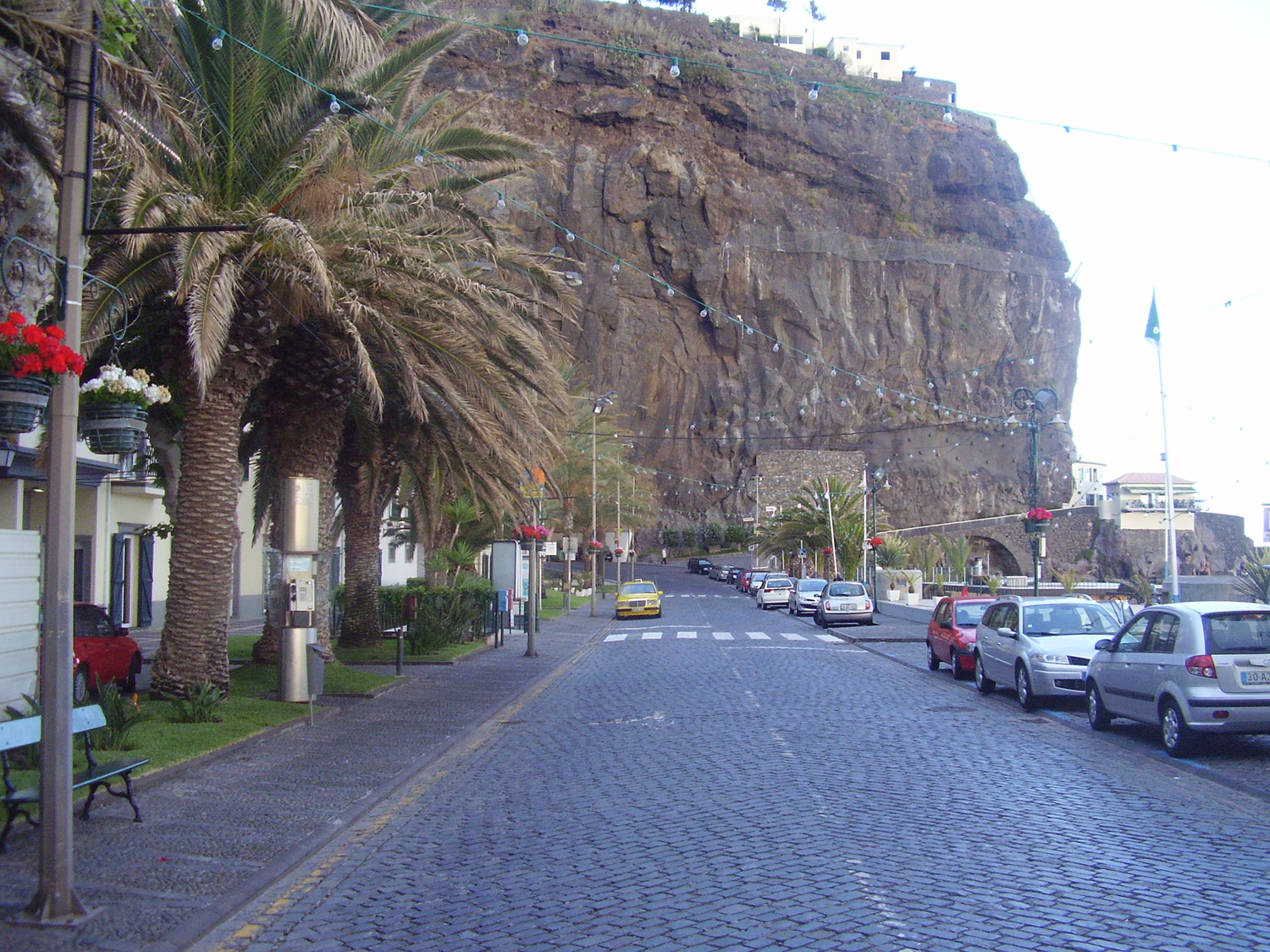
How to Get to Madeira
The most convenient way to reach Madeira is by flying there directly or with stopovers. Most flights to the island typically include a layover in Lisbon or Porto, although direct connections may be available during the travel season. Flight prices range from €100 to €250 per ticket, depending on the season, airline, and booking time. For convenience and speed, it is recommended to choose flights with short layovers, which usually take 5 to 7 hours. Madeira is only a 3-hour flight from Lisbon, so the journey is quick and comfortable.
It’s good to know that flights to Madeira are generally cheaper than seasonal flights if tickets are booked in advance. Additionally, depending on the airline, some offer convenient connections from Lisbon to Madeira, allowing you to combine flights and reach your destination without much hassle.
For added convenience, it is recommended that you use travel agencies that can help you plan and book all tickets and transfers.
Madeira's Climate
Madeira, often referred to as the island of eternal spring, is known for its mild subtropical climate that attracts travelers all year round. The island's average annual air temperature is around 18 °C, and during the summer months, it can rise to 30 °C.
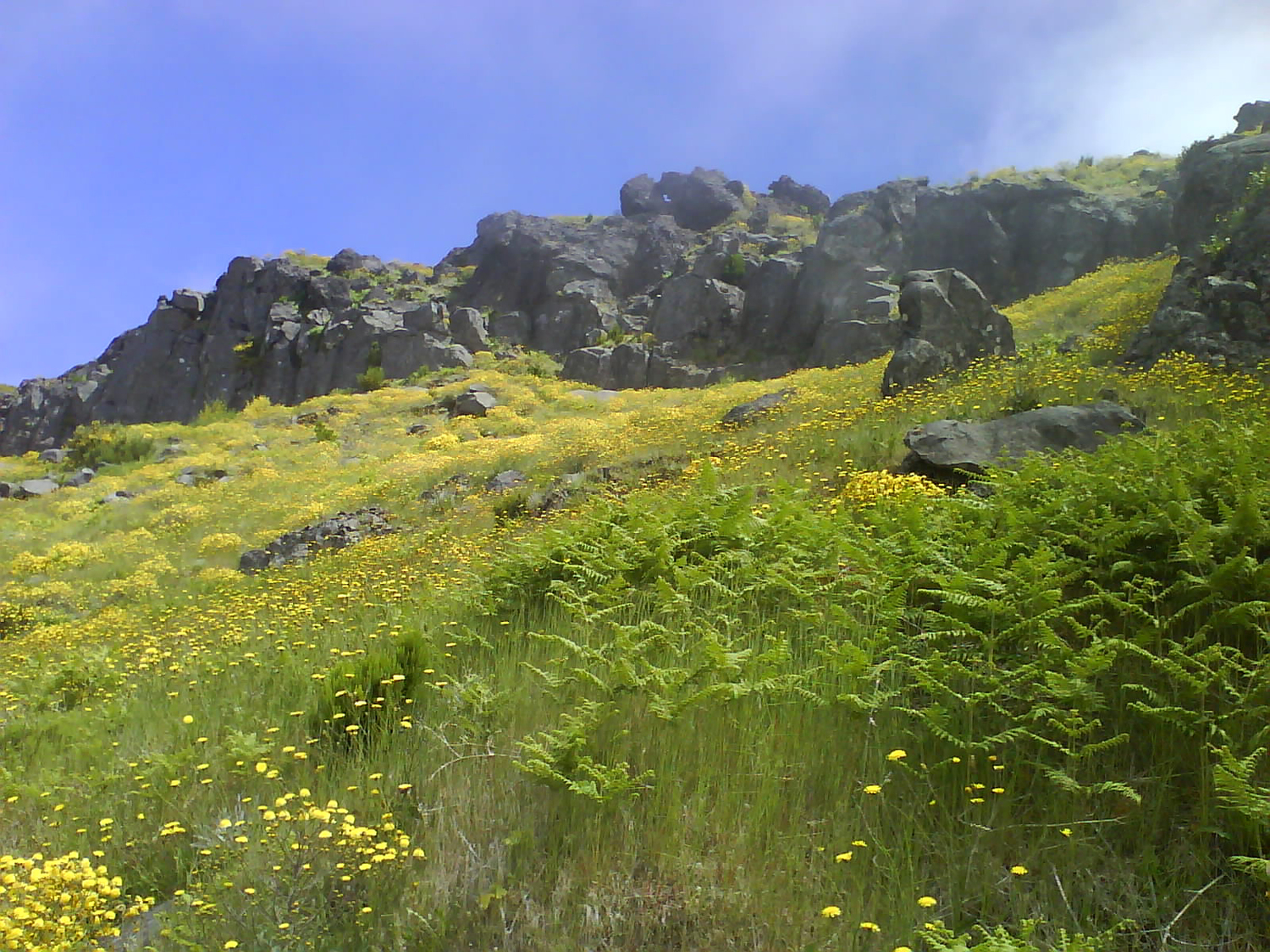
The gentle climate and stunning landscapes make Madeira one of most appealing travel destinations in Europe.
The climate is characterised by mild winters and moderately warm summers. In summer, average daytime temperatures rarely exceed 23 °C, while in winter, they seldom drop below 16 °C.
Because of the influence of the Gulf Stream, the temperature of the Atlantic Ocean around Madeira is also favorable for swimming — around 22 °C in summer and about 18 °C in winter.
Sightseeing in Madeira
Planning a trip to Madeira and wondering what to see and do on this Pearl of the Atlantic? In this guide, you will find the top must-see sights and the best activities worth experiencing. Madeira, also known as the Island of Flowers, is a unique volcanic island with stunning mountains, dramatic coastlines, charming villages, and exotic vegetation. If you're looking for white sandy beaches, this may not be the best destination for you; however, for nature lovers, food enthusiasts, and those seeking tradition, Madeira will surely leave a lasting impression! Despite its small size, the island offers a wide range of experiences, and we've selected only the best places and activities that are worth your time.
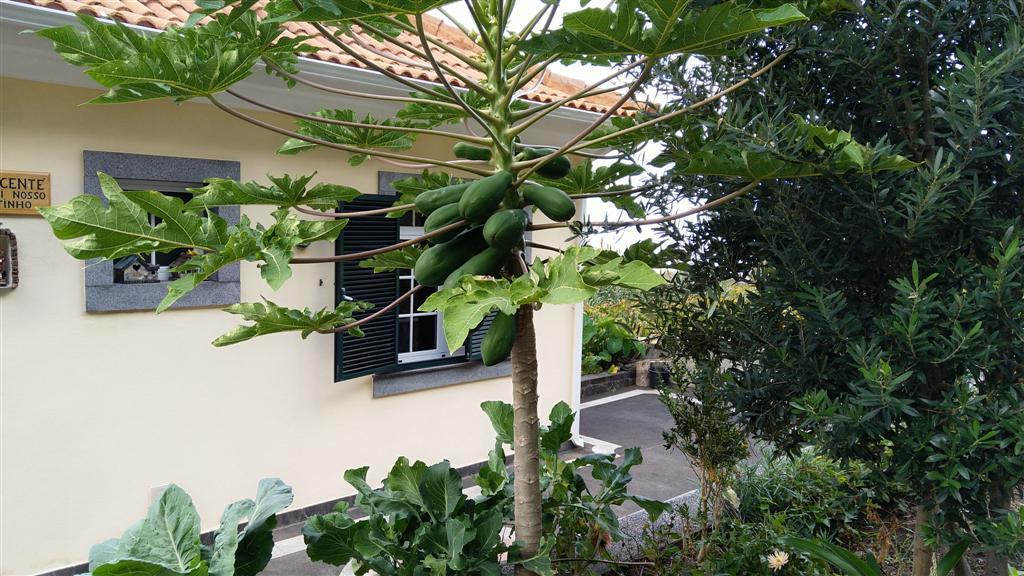
Madeira's Highest Point, Pico Ruivo
Pico Ruivo is the highest peak on the island of Madeira, Portugal, standing at 1,862 meters above sea level. Due to its breathtaking panoramic views of the surrounding mountain ranges, this spot has become a popular location for sunrise and sunset watching. However, reaching the summit of Pico Ruivo is not easy – the only way to do so is by hiking. Enjoying the golden hour at the Pico Ruivo summit is one of the must-do activities in Madeira.
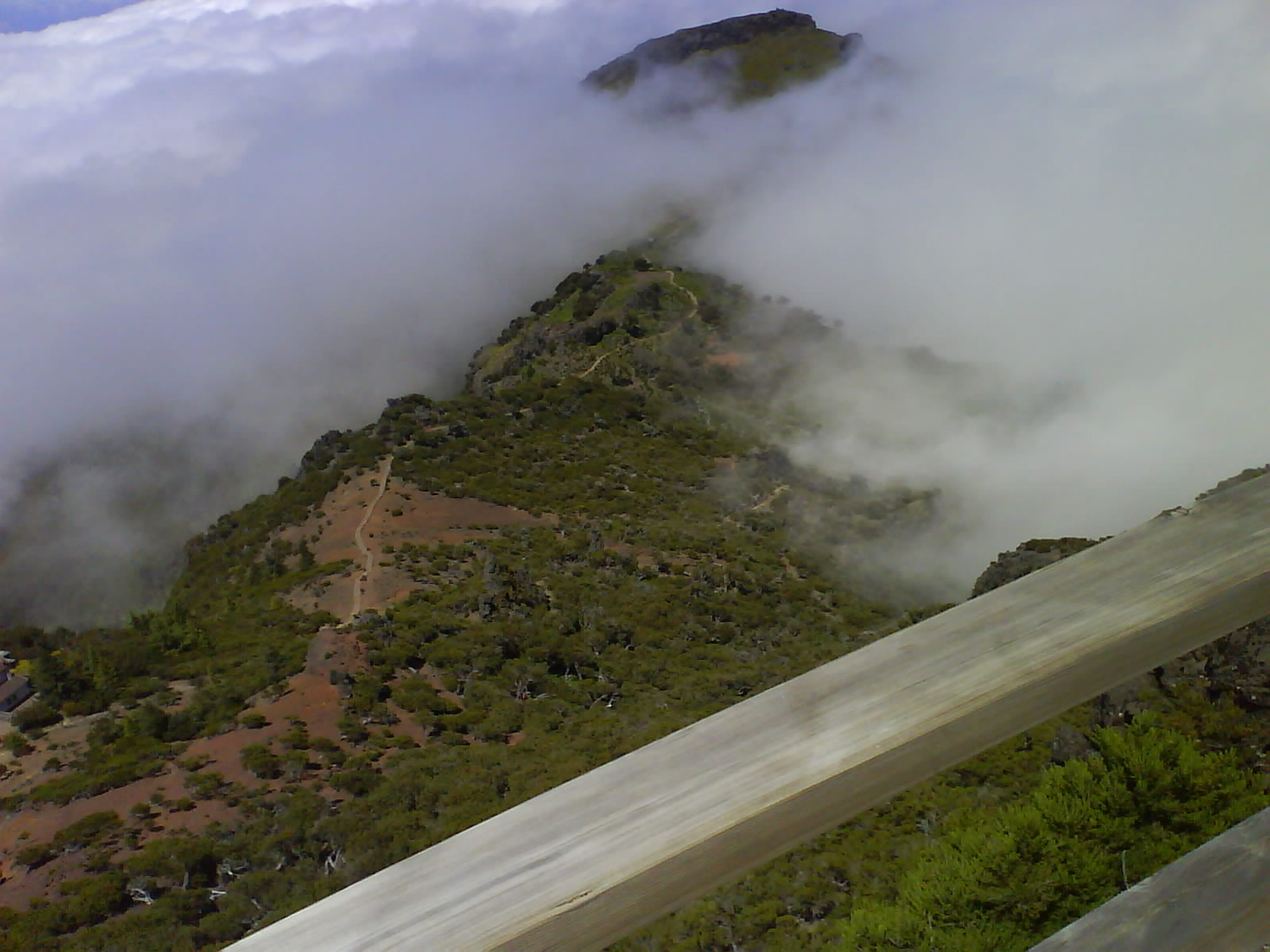
This is the view from Madeira's highest point, where the temperature can differ by as much as 20 degrees from the island's coastline. Due to the strong fog, visibility can be limited and hard to see.
Funchal Old Town
Take a stroll through Funchal's Old Town, one of the main tourist attractions in Funchal, known for its historical, architectural, gastronomic, and artistic heritage. Immerse yourself in the picturesque surroundings, where narrow cobbled streets are lined with ancient buildings (some dating back to the 15th century). This area is full of life and spirit, with plenty of shops, bars, and restaurants that attract locals and tourists. Funchal's Old Town is a great place not only to admire history and architecture but also to taste traditional Madeira dishes, such as espetada (meat skewers) or bolo do caco (Madeira's traditional bread), as well as enjoy works by local artists and souvenirs. Dining in the Old Town and sampling traditional Madeira cuisine is a must-do experience you won’t regret.
São Tiago Fortress
The history of Funchal is marked by continuous pirate attacks throughout the centuries. To protect the city, several forts were built, creating an effective defensive line. One of them is the São Tiago Fortress, one of the most visited places today. This fortress, built in the early 17th century, is strategically located by the sea, on the coastline of Funchal's Old Town (Zona Velha). Construction began around 1614, led by royal architect Reais Jerónimo Jorge, and later completed by his son Bartolomeu João. Over the centuries, São Tiago Fortress was renovated multiple times and served various purposes: it was used as a British army headquarters, a military police station, and, after the 1803 flood, a shelter for affected people. In 1992, it was turned into the Museum of Contemporary Art, which was later moved to the Casa das Mudas Museum in Calheta in 2015. Today, São Tiago Fortress allows visitors to explore Madeira's history and offers stunning views of the Atlantic Ocean.
Madeira Botanical Garden
The idea for the Madeira Botanical Garden was nurtured as early as the 17th century, and this dream came true in 1960 in Funchal. After a few decades, it became a must-visit destination on every travel itinerary. The garden spans about eight hectares, five being dedicated to landscaped areas. Here, you can find a variety of trees and decorative shrubs, an orchid zone, viewing platforms offering stunning views of Madeira's capital, and even an amphitheater. The Madeira Botanical Garden is home to over 2,000 exotic plant species from all continents, some of which are endangered in their native habitats. Given the growing global concern over biodiversity and habitat loss, this place also has a research and conservation space with the mission to protect endangered species.
Madeira Botanic Garden and Monte Palace Tropical Garden can be accessed by cable car. Entrance to the park is paid, but it offers amenities such as toilets, rest areas, and dining options. It is a great place to relax and enjoy the beautiful gardens and surroundings.
The Natural Pools of Porto Moniz
Porto Moniz, located on the northwestern coast of Madeira Island, is famous for its unique natural volcanic pools. These pools were formed by solidified lava and are filled with water from the Atlantic Ocean, creating a stunning place for swimming. It is one of the most popular attractions on Madeira, attracting both locals and tourists. In the pools, visitors can refresh themselves in the warm water and enjoy breathtaking views of the rocky coastline and the Atlantic Ocean. Most pools are family-friendly, with some shallower pools for children and others more suitable for adults. The Porto Moniz pool area provides all the necessary amenities: changing rooms, toilets, showers, and lifeguard supervision. This location also offers excellent infrastructure with sunbeds and umbrellas, allowing visitors to relax comfortably.
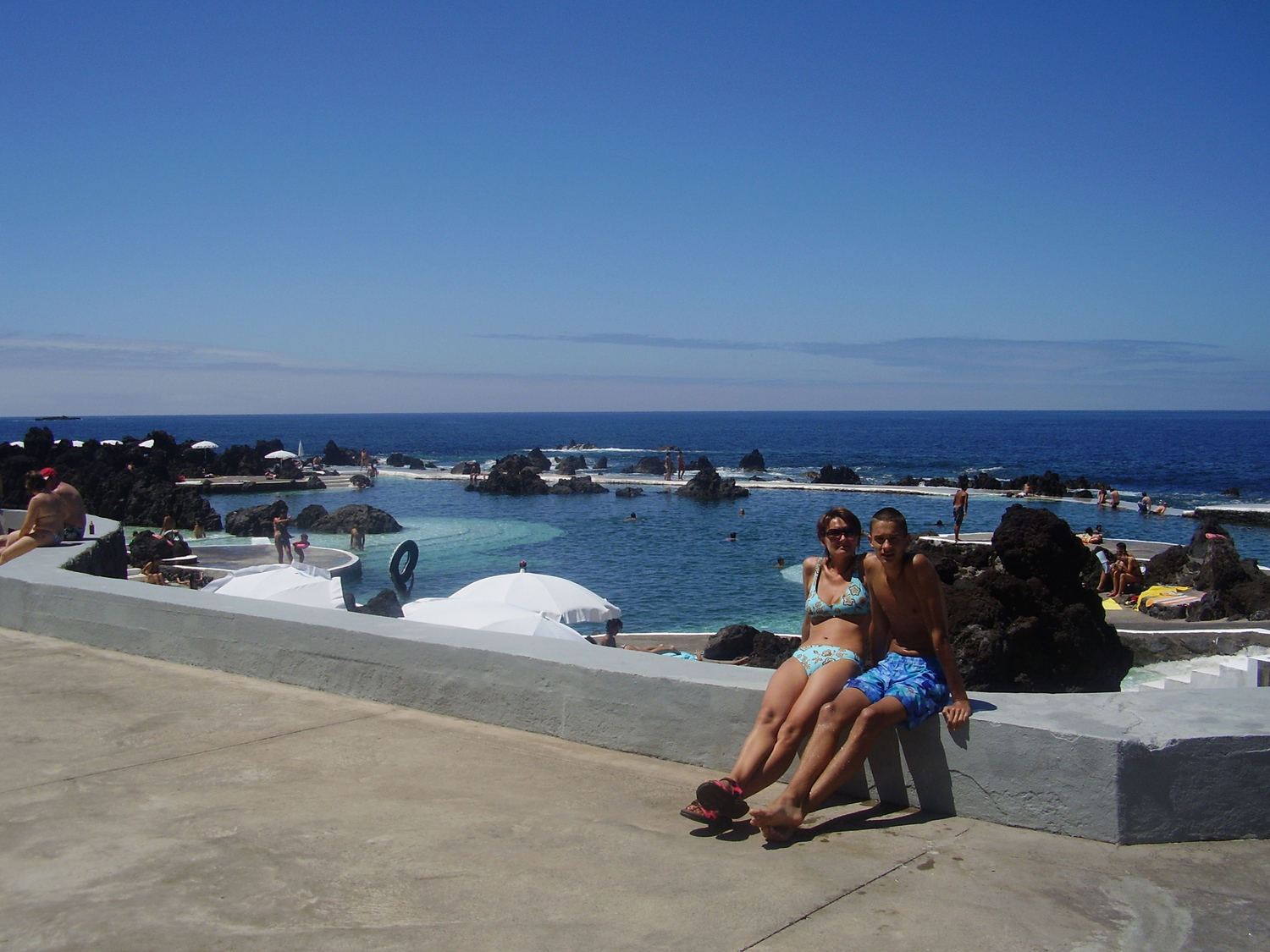
Hotels in Funchal
In Funchal, you will find a range of hotels – from luxurious 5-star resorts to cozy boutique hotels and budget-friendly apartments. Most hotels offer stunning ocean views, swimming pools, spa services, and high-level service. Prices vary depending on the category chosen: luxury hotel stays typically start from €150–300, mid-range hotels offer comfort for €80–150, while budget options start from €40–80 per night. Many hotels include breakfast in the price, and the staff speaks both English and Portuguese. Regardless of your budget, Funchal ensures a comfortable and pleasant stay with easy access to the city's attractions, restaurants, and natural beauty.
Cristiano Ronaldo's Hotel in Funchal
Pestana CR7 Funchal is an elegant 4-star hotel located in Funchal, the capital of Madeira, just 300 meters from the Funchal marina. This hotel is a joint project between the Pestana hotel group and the world-renowned footballer Cristiano Ronaldo. The hotel features 49 rooms, designed in a modern style with natural lighting and contemporary amenities. Guests can enjoy an outdoor pool with a pool bar, a rooftop bar, a sauna, a hot tub, an outdoor gym, and free Wi-Fi. The hotel also offers a 24-hour front desk and paid parking. During their stay, guests can visit the CR7 Museum, located next to the hotel, where numerous Cristiano Ronaldo awards and trophies are displayed.
For hotel's link click here
Pestana Casino Park Hotel
This is a 379-room luxury hotel located on a cliff with stunning views of the harbor and the center of Funchal, which is within walking distance. The rooms are spacious and bright, most of them offering sea views. The hotel features a modern style uncommon in the Pestana chain. The advantages of this hotel include excellent service and high-quality amenities that ensure a pleasant and comfortable stay. In addition, the breathtaking panoramic views of the sea and harbor, especially from the infinity pool, provide an unforgettable experience. The hotel's location is very convenient as it is close to Funchal's center and attractions, making it easy to reach key points. The hotel also features a vibrant spa center, and the dining options, including champagne for breakfast, are excellent. The hotel offers reasonable prices, but families with children might prefer Pestana Carlton Madeira, which is more suited to family needs.
The hotel is named after its casino, which attracts many guests on weekdays and weekends. Additionally, this hotel is famous for its stunning view of the Atlantic Ocean and excellent leisure and relaxation amenities.
For hotel's link click here
Savoy Palace
Savoy Palace Hotel, located in Funchal, Madeira, is a luxurious 5-star hotel offering exceptional experiences for both relaxation and entertainment. With modern rooms, panoramic views of the ocean and mountains, and wellness and spa centers, this hotel is perfect for those seeking comfort and top-quality services. Guests can enjoy Madeira's beauty and the tranquility of their vacation at the hotel’s restaurants and through various activities. It is an ideal place for those looking for luxury and relaxation. Savoy Palace Hotel is located about a 10-15 minute walk from the center of Funchal, making it a perfect choice for those wanting to be close to the heart of the city while enjoying the peace and stunning views of the ocean and mountains.
For hotel's link click here
Barceló Funchal Oldtown
Barceló Funchal OldTown hotel is in an excellent location, just a few minutes' walk from the center of Funchal, where a range of restaurants, shops, and local attractions await. The hotel offers comfortable rooms with modern touches, although some guests note that the rooms may be a bit smaller and that noise and cleanliness issues can sometimes be a concern. The hotel features a rooftop pool, a great selection of breakfast options, and plenty of entertainment. It is also close to Funchal's old town, where guests can enjoy local activities and attractions.
For hotel's link click here
What to Do in Madeira
Madeira offers an abundance of activities for all interests, from hiking through mountains and forests with stunning views to exploring waterfalls and valleys. Ocean enthusiasts can enjoy whale watching, diving, or boat trips, while beaches provide a relaxing escape. The island’s towns feature unique architecture, local traditions, and delicious food. This island is perfect for both adventure seekers and those looking to unwind in nature.
Viewing Madeira’s Nature
Madeira, also known as the Island of Eternal Spring, is the perfect destination for those looking to reconnect with nature and experience extraordinary adventures. With its mild climate and warm ocean waters year-round, Madeira is a unique place offering endless activities to explore the island’s stunning natural beauty on land and at sea. Discover the surrounding seas by kayaking, sailing, jet skiing, or windsurfing, or explore what lies beneath the clear blue waters with snorkeling or diving excursions. Hike or cycle through the island’s vast nature reserves and uncover breathtaking coastal cliffs, cascading waterfalls, and lush laurel forests protected by UNESCO. This is a one-of-a-kind location that attracts all types of travelers – whether for its natural landscapes, warm temperatures, and sunny skies year-round, or its unique cuisine and friendly people. The archipelago is often referred to as the Island of Experiences.
A photo from the interior of Madeira Island, where prominent large mountains and dense forests create a unique and tranquil natural environment. People are rarely encountered here, and local settlements are hidden from main routes, allowing one to enjoy silence and untouched landscapes.
Water activities in Madeira
As if the unparalleled landscapes of Madeira weren't enough, the crystal-clear waters of this archipelago hide a vibrant underwater kingdom. In these waters, which reach depths of up to 3000 meters in some places, there is an incredibly rich fauna, making dolphin and whale watching one of the most popular activities on the island.
During a pleasant boat trip, you may encounter playful pods of dolphins or spot passing whales. Whale watching in Madeira also offers the opportunity to see a small Mediterranean monk seal colony at the Desert Islands. Madeira is also known for its rich marine life, making activities like diving, snorkeling, and other water sports extremely popular. The island offers fishing, whale watching, and underwater expeditions, allowing you to discover unique ocean ecosystems. Madeira's waters are an ideal place for those looking to try diving or enjoy relaxing marine excursions.
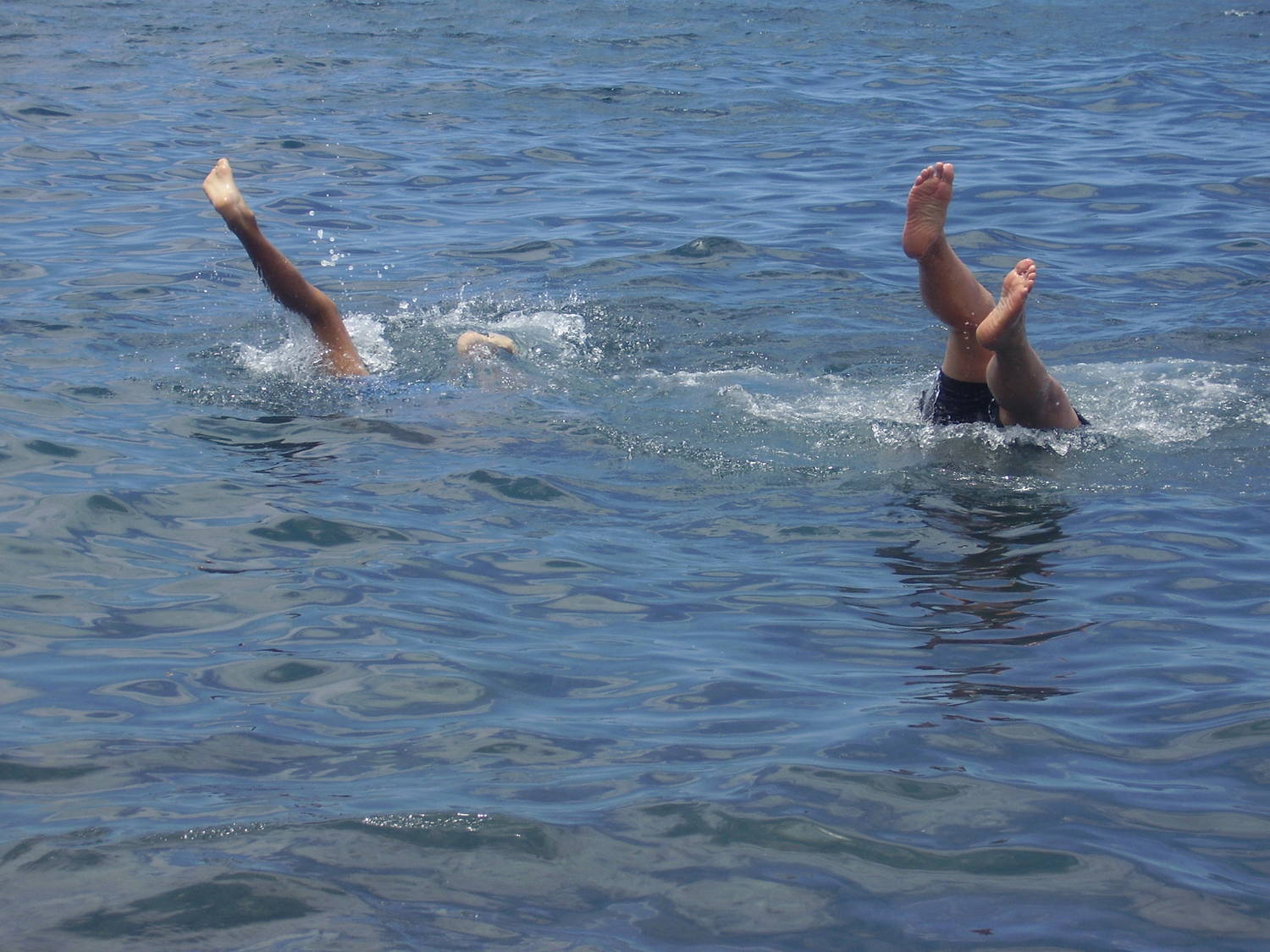
Hiking and Hiking Trails in Madeira
Madeira, with just 800 square kilometers, may be a small island, but its landscape more than makes up for its size. The island features a vertical terrain with impressive cliffs and steep walls everywhere. The highest peak is Pico Ruivo (1861 m). Madeira is divided into two parts by deep valleys – Ribeira Brava and Ribeira de São Vicente, which rise towards the Encumeada Pass. This pass is significant as it marks the island’s weather difference. On the eastern side, you’ll find the central Madeira mountains, while the western side boasts the moss-covered plateau of Paúl da Serra. Madeira is a paradise for hiking enthusiasts, offering breathtaking views and a variety of trails suitable for both beginners and experienced climbers.
The island’s central mountains, such as Pico das Torres and Pico do Cidrão, provide a unique opportunity for mountain climbing and mountaineering. Due to its mild climate and diverse landscape, Madeira allows not only for scenic hikes but also for extreme climbing experiences, known as escalada activities. These mountain treks and climbs provide an adrenaline-filled experience, allowing you to get up close to the island’s natural wonders. Hiking in Madeira also offers panoramic views you won’t find in any other corner of Europe.
Madeira is a true paradise for hiking enthusiasts, offering a wide variety of trails through stunning mountains, valleys, and lush forests. A journey to the island's highest peak, Pico Ruivo (1862 m), is one of the most memorable experiences, but the island also boasts many other breathtaking routes for both beginners and experienced hikers. Some of the most popular trails follow traditional levada paths, which run alongside ancient irrigation channels.
These trails wind through tropical forests, narrow mountain gorges, and even tunnels, providing a close-up view of Madeira's unique nature.
In addition to the levadas, mountain trails lead to steep summits, offering unforgettable views of the Atlantic Ocean and the island's landscape.
Achada do Teixeira – Pico Ruivo
This is one of the easiest and shortest routes to Pico Ruivo, perfect for those who want to reach the summit quickly. The hike starts at the Achada do Teixeira area, where there is a parking lot. From here to the summit is only about 2.8 km, and the journey takes approximately 1 hour and 30 minutes one way. The trail is considered moderately difficult and is well-maintained, making it suitable for most hikers.
Pico do Arieiro – Pico Ruivo
This route is one of the most spectacular and challenging in Madeira, connecting the island’s two highest peaks. The hike starts at Pico do Arieiro (1,818 m) and continues to Pico Ruivo, covering about 7 km one way (14 km round trip). The journey takes around 6 hours, including rest breaks and time for photography. The trail is technically demanding, with steep ascents and descents, so good physical fitness is required. However, the effort is rewarded with breathtaking views of the island’s mountains and valleys.
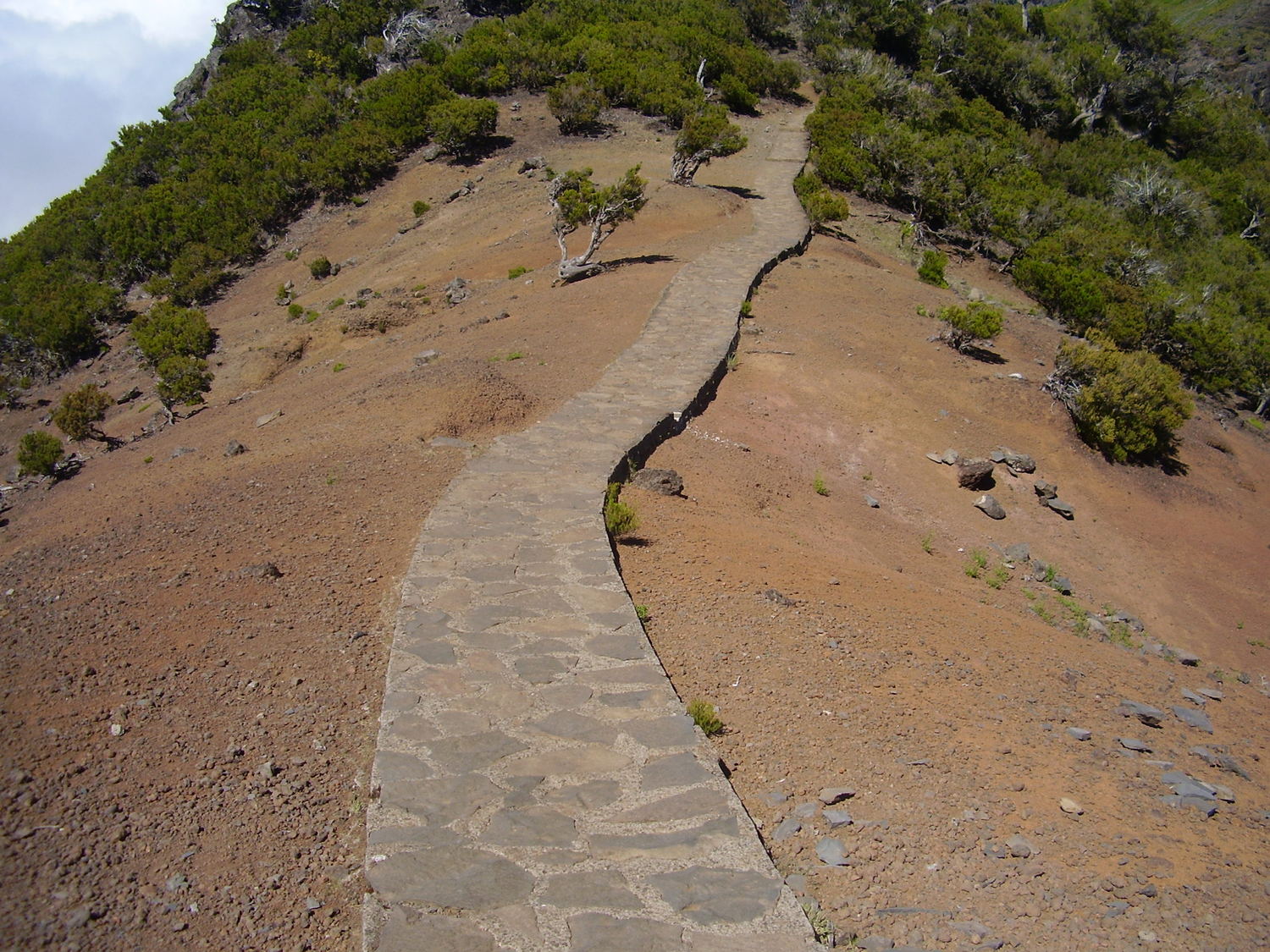
Encumeada – Pico Ruivo
This is a longer and less popular route, but it offers a unique opportunity to experience Madeira's natural beauty. The hike starts at the Encumeada pass and extends about 11.2 km one way, so the entire journey may take around 5 hours one way. The trail goes through the central mountain range, laurel forests, and volcanic rocks, providing diverse landscapes and panoramic views. This route requires good physical preparation due to its length and elevation changes.
The photo was taken at the top of the mountain, in a cold climate, and you can't see more than a few meters ahead as you are in the clouds.
It is an impressive activity that allows travelers to enjoy breathtaking views of Madeira Island from a bird's-eye perspective. These cable cars connect various locations on the island, providing a unique opportunity to see the island's beauty from above.
One of the most popular cable cars is the Teleférico do Funchal, which connects the city of Funchal with the Monte district. The ride lasts about 15-20 minutes, offering stunning views of the city, sea, and mountains. The cabins accommodate up to 8 people, and the panoramic windows allow you to enjoy the views throughout the journey.
Another interesting route is the Teleférico das Achadas da Cruz, located in the Porto Moniz municipality. This cable car connects Achadas da Cruz with Fajã da Quebrada Nova, allowing travelers to enjoy panoramic views of the Atlantic Ocean and the lush hills. Upon reaching Fajã da Quebrada Nova, visitors can take a peaceful walk, admire agricultural fields, and enjoy the small rocky coastlines.
What to Eat in Madeira
Madeira is renowned for its unique and delicious cuisine, which combines traditional Portuguese dishes with fresh local ingredients. Many dishes are based on seafood, such as grilled tuna fillet or the famous Espetada (meat skewers). The island is also known for its rich wine, especially Madeira wine, which pairs perfectly with local dishes. Madeira wine, with its special processing method, is used as a beverage and as an ingredient in various dishes. Fresh local products play an important role in the everyday cuisine here.
What to try in Madeira:
- Espetada (meat skewers)
- Bolo do Caco (Madeiran bread)
- Peixe espada (black scabbardfish)
- Caldo verde (green soup with cabbage)
- Madeiran wine
Car Rental in Madeira
Car rental in Madeira is a popular way to explore the island, but prices and conditions can vary depending on rental duration, car type, and season. The average price for an economy car ranges from 20 to 50 euros per day, while mid-range vehicles can cost between 50 and 100 euros per day. For example, 7M Rent a Car offers models like the Fiat 500 for 30 euros per day, while Avis charges 43 euros per day.
It's also worth considering longer rentals, as some companies offer lower daily rates for longer bookings. Additionally, by booking a car for at least three days, some companies include extra SCDW insurance for free.
Car rental points are commonly found in Funchal, including at Funchal Airport. However, it’s recommended to book a car in advance, especially during peak season, to secure the best prices and availability. Payments for rentals can be made online or when picking up the car, using various payment methods, including credit cards.
Driving in Madeira can be challenging due to narrow, mountainous roads, so it’s advisable to choose a smaller car for easier maneuverability.
Be aware that some rental companies charge additional fees for cleaning if the vehicle is returned dirty.
When to Travel to Madeira
Madeira is a wonderful destination to visit at any time of the year, but depending on the season, your experience can vary greatly. The island's climate, often referred to as the eternal spring, allows for warm and mild weather year-round. If you want to escape the winter cold, the best time to visit Madeira is from January to April. In January, the island often enjoys temperatures around 20°C, while snow can cover the mountain peaks, making it a perfect time for hiking or escaping to a warmer climate.
In February, the famous Carnival celebrations begin, offering a unique opportunity to experience local culture. Spring, especially March and April, is an excellent time to enjoy blooming plants, and it marks the start of the whale and dolphin watching season. May is also great for travel, as the island hosts flower festivals, and warmer weather allows for pleasant walks. Visiting Madeira from June to September offers warmer waters and ideal conditions for whale and dolphin watching, as it is one of the best times of the year for this activity. Whether you're looking for active adventures like hiking, diving, or dolphin watching or simply want to relax and enjoy nature, Madeira has something to offer year-round.
The photo was taken in July, when the weather conditions were simply perfect. The sun was covered by light clouds, and the temperature reached over 20 degrees, creating a pleasant, warm climate with no rain.
Life in Madeira
Madeira is a place where life flows more peacefully, and the nature and climate create a unique harmony between humans and the environment. This island attracts both permanent residents and immigrants from around the world, seeking a high-quality and balanced lifestyle.
One of Madeira's greatest advantages is its mild climate year-round. There is no scorching summer heat or harsh winters, so outdoor activities can be enjoyed in any season. The island's residents have access to stunning landscapes: mountains, the ocean, lush forests, and breathtaking cliffs are part of daily life. While life in Madeira has many advantages, there are also some challenges. One of the main ones is limited job opportunities. The island mainly depends on the tourism sector, so those looking to settle in other fields may encounter difficulties. Additionally, although prices are lower than in mainland Europe, imported goods can be more expensive due to the island's geographical location.
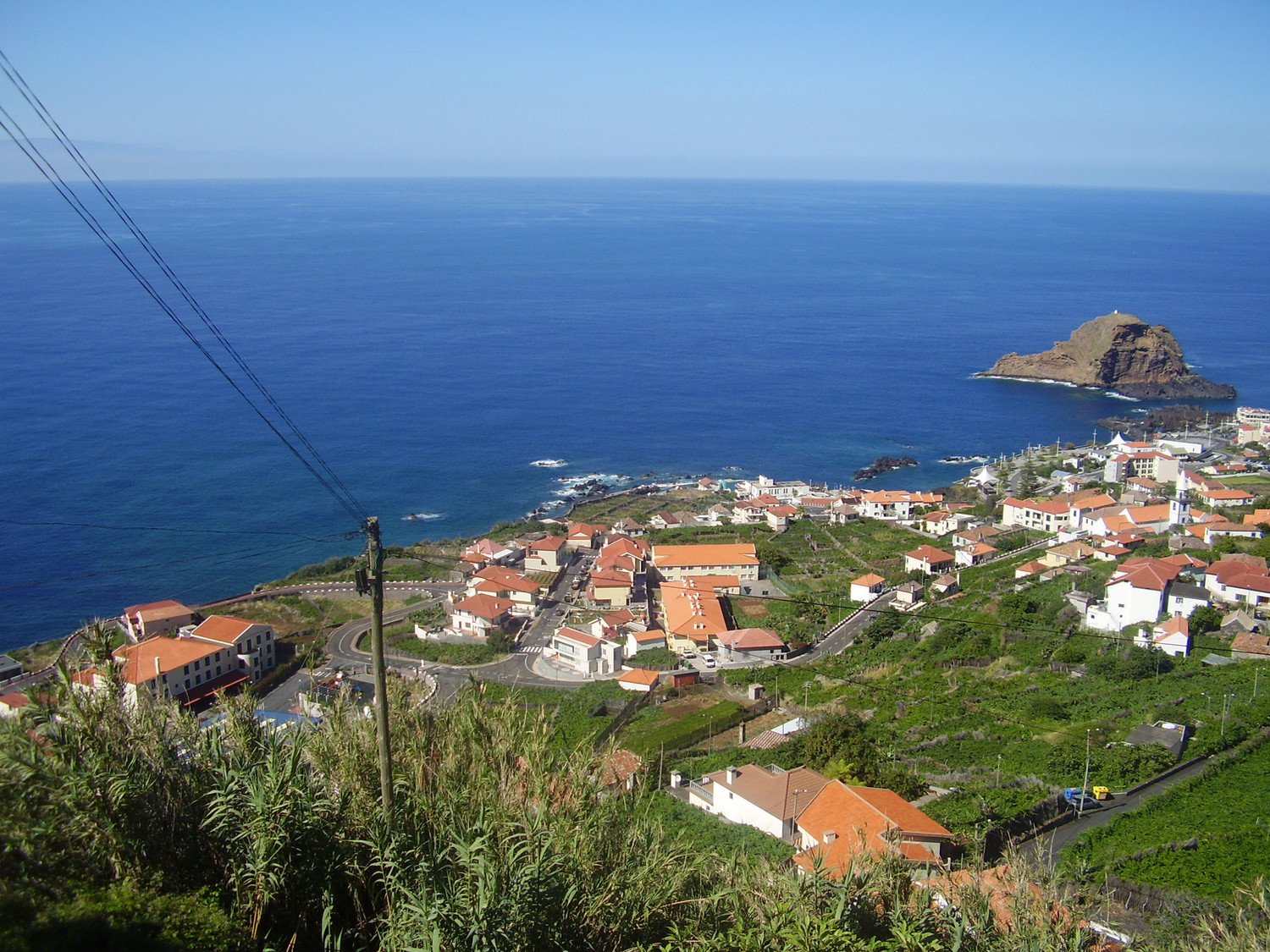
A photo from the edge of Madeira Island, near a residential area, reveals a stunning view of the peaceful surroundings. The weather was perfect, and there were hardly any people on the streets. It's a calm and quiet corner.
Map of Madeira with Tourist Attractions
In this Google Maps map, you will find all the key tourist attractions of Madeira – from stunning natural sites, hiking trails, and beaches to popular hotels and cultural landmarks. It’s a great tool for planning your trip, allowing you to easily navigate the island and discover the best places to visit!
What to see in Umbria?
Monuments, restaurants and local foods
How to enjoy Clermont-Ferrand
Clermont-Ferrnad, located in Auvergne a green and peaceful region, is the perfect place if you want to discover France in an unusual way.
Morocco by car
Morocco by car. The full itinerary of a car trip in Morocco.
Road trip: 15 days accross Europe
Go through 4 different countries and visit new places, cultures and ways of life in a 12 days road trip accross Europe.




